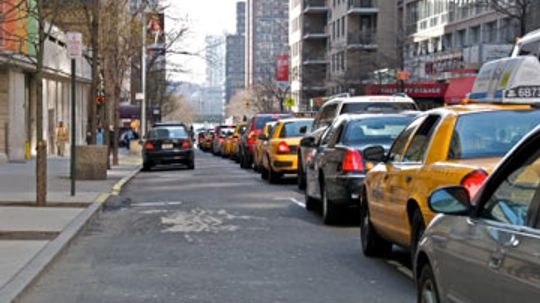Exploring the Intricate Relationship Between Residential Address and Car Insurance Costs
Analyzing the Influence of Geographic Factors on Auto Insurance Rates
Delving into the intricate dynamics that shape auto insurance premiums, one cannot overlook the profound impact of geographical location. The place you call home plays a pivotal role in determining how much you pay for car insurance coverage. From bustling metropolises to serene rural areas, each locale presents unique challenges and risks that insurers meticulously evaluate when calculating policy costs.
Unveiling Regional Risk Profiles: Urban vs Rural Areas
In urban centers teeming with traffic congestion and high crime rates, drivers face an elevated risk of accidents and theft. Consequently, residents in these metropolitan hubs often endure higher auto insurance premiums due to increased likelihoods of filing claims. Conversely, those residing in tranquil rural areas typically enjoy lower rates as they encounter fewer perils on their daily commutes.
Navigating State-Specific Regulations: A Patchwork of Policies
Beyond broad regional distinctions lie state-specific regulations that further mold auto insurance rates. Each jurisdiction imposes its own set of laws governing minimum coverage requirements, liability limits, and no-fault provisions. These variations contribute significantly to premium disparities across state lines; for instance, states with more stringent mandates tend to have higher average premiums compared to those with more lenient regulations.
A Multitude of Variables: Climate Conditions and Natural Disasters
The whimsical forces of nature also exert considerable influence over auto insurance pricing structures. Regions prone to severe weather phenomena such as hurricanes or blizzards are deemed high-risk zones by insurers due to heightened probabilities of vehicle damage or loss during catastrophic events. Consequently, individuals dwelling in these disaster-prone areas often face inflated premiums to offset potential claims arising from natural disasters.
Conclusion
While many factors contribute to the calculation of auto insurance rates, one cannot underestimate the significance of geographical location. Whether you reside in a bustling city or a serene countryside, your address serves as a crucial determinant in shaping your policy costs. Understanding how regional risk profiles, state-specific regulations, and climate conditions impact insurance premiums empowers consumers to make informed decisions when selecting coverage options that align with their needs and budgetary constraints.

